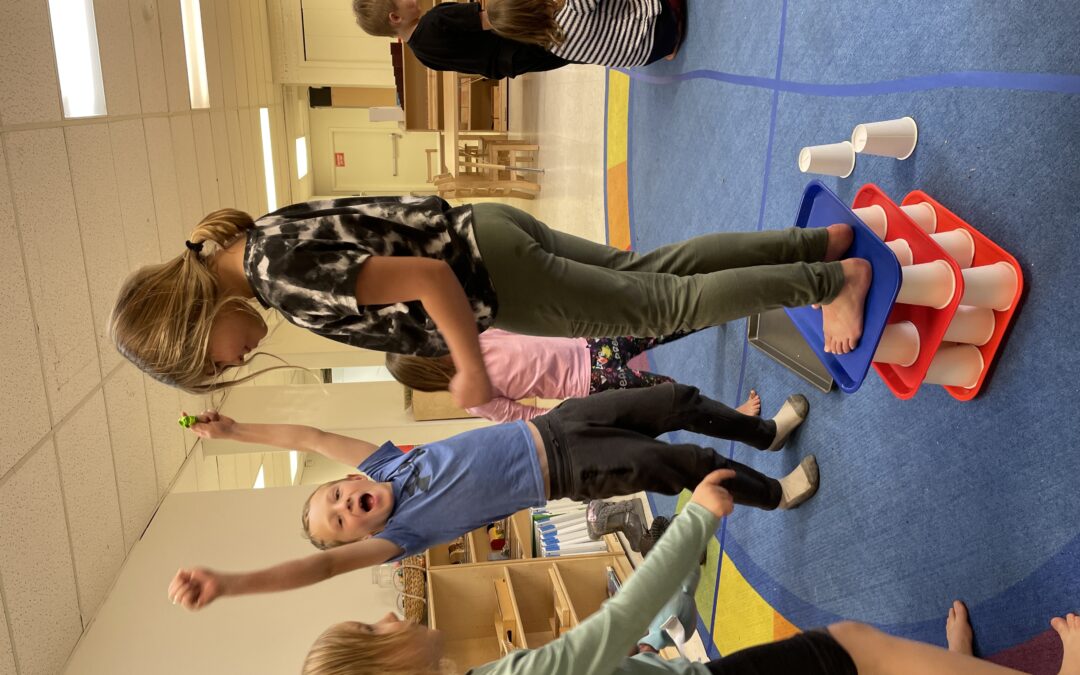3/14-3/20
Architecture is defined as “the complex or carefully designed structure of something.” CHOICE heroes explored architecture in more ways than one this week.
In the Spark Studio… we explored ancient Greek architecture. What is it about certain structures that allowed them to last so long? Learners were challenged to remember Greek architecture and the lessons learned as they were given paper cups and trays and were challenged to build a structure that would hold as much weight as possible. Heroes explored many ideas together, tested them out, and made adjustments. As stable structures began to unfold heroes challenged themselves to make their structure taller, stronger, and able to hold more weight. Guides and heroes alike found excitement during this testing phase:





The egg drop experiment brought lots of exploration. Heroes had 1 gallon sized ziploc bag, 1 raw egg, and a random array of materials. The challenge was to create a structure such that when they dropped the egg (inside the ziploc bag), on the hard floor, while standing on a chair, the egg would not break. Many ideas were discussed. Many ideas were attempted. As learners discovered what worked and what didn’t, they shared their discoveries with one another. In the end learners had created different, but similar solutions.
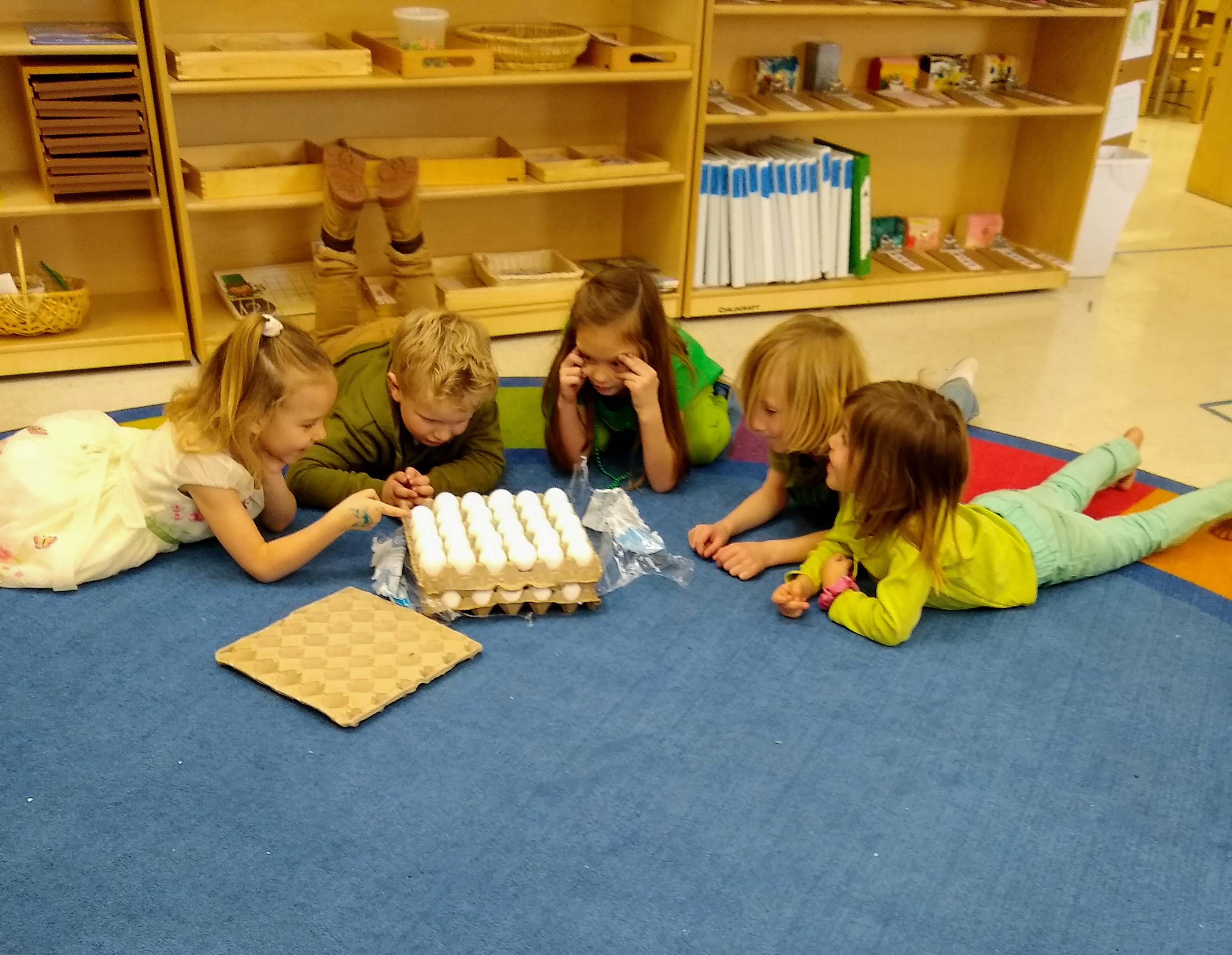


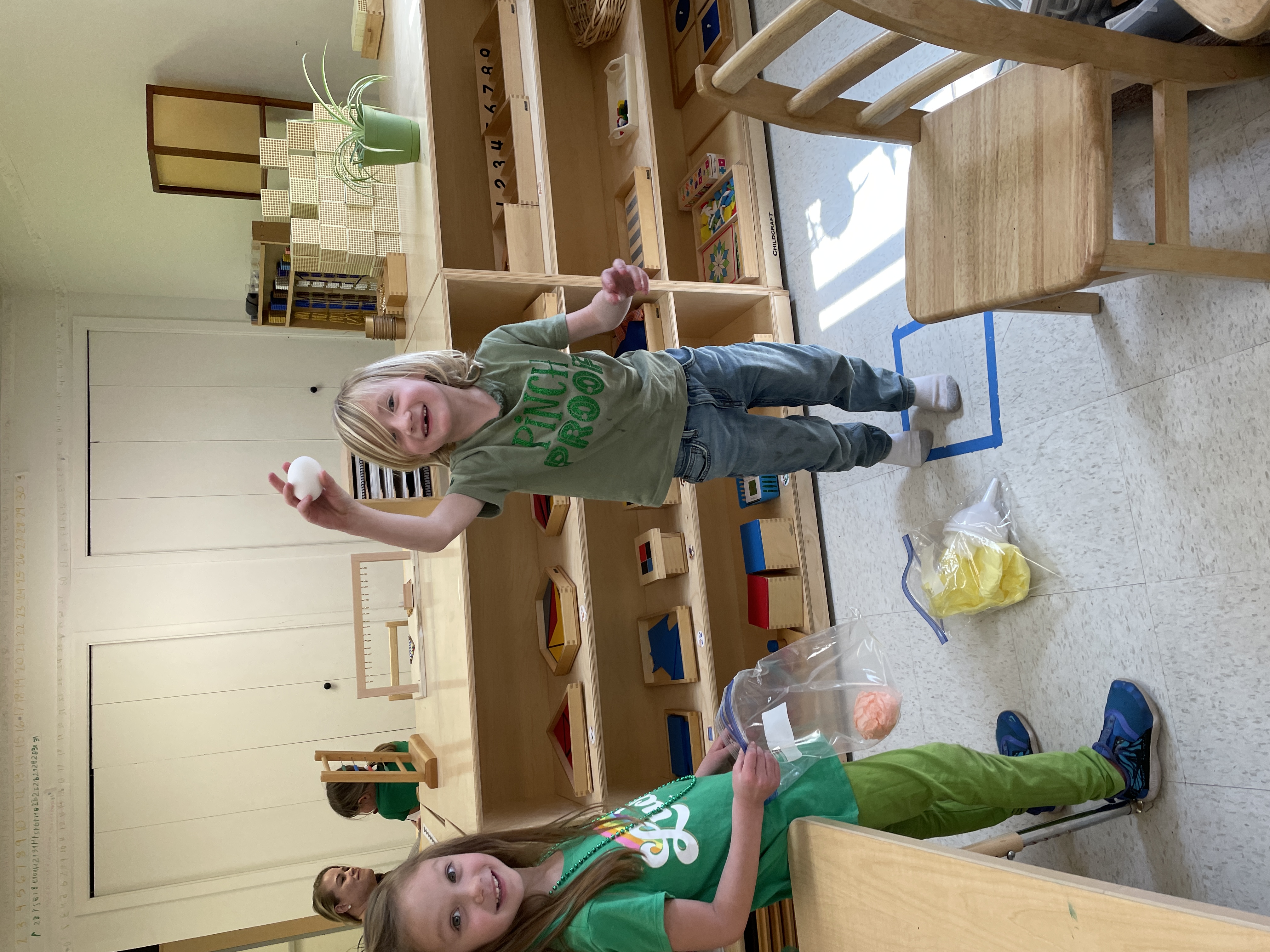


Our launches this week focused on the architecture of kindness. What is the structure of kindness? How is kindness built? We explored how one single act of kindness affects others, whether it’s better to do many small acts of kindness or one big challenging one, and how to show kindness to someone who looks or acts differently than yourself. Just like our buildings fall and our eggs crack, sometimes our kindness fails momentarily, but we can always try again. For example, I overheard a conversation at the table below that went something like this: Referencing an event from earlier that morning…”I’m sorry, I…will you forgive me?” “Yes!” “Was it because you….?” “No, it was because…” They smiled at each and kept on working. While playing and working together, the heroes have these opportunities to build kindness all day long!
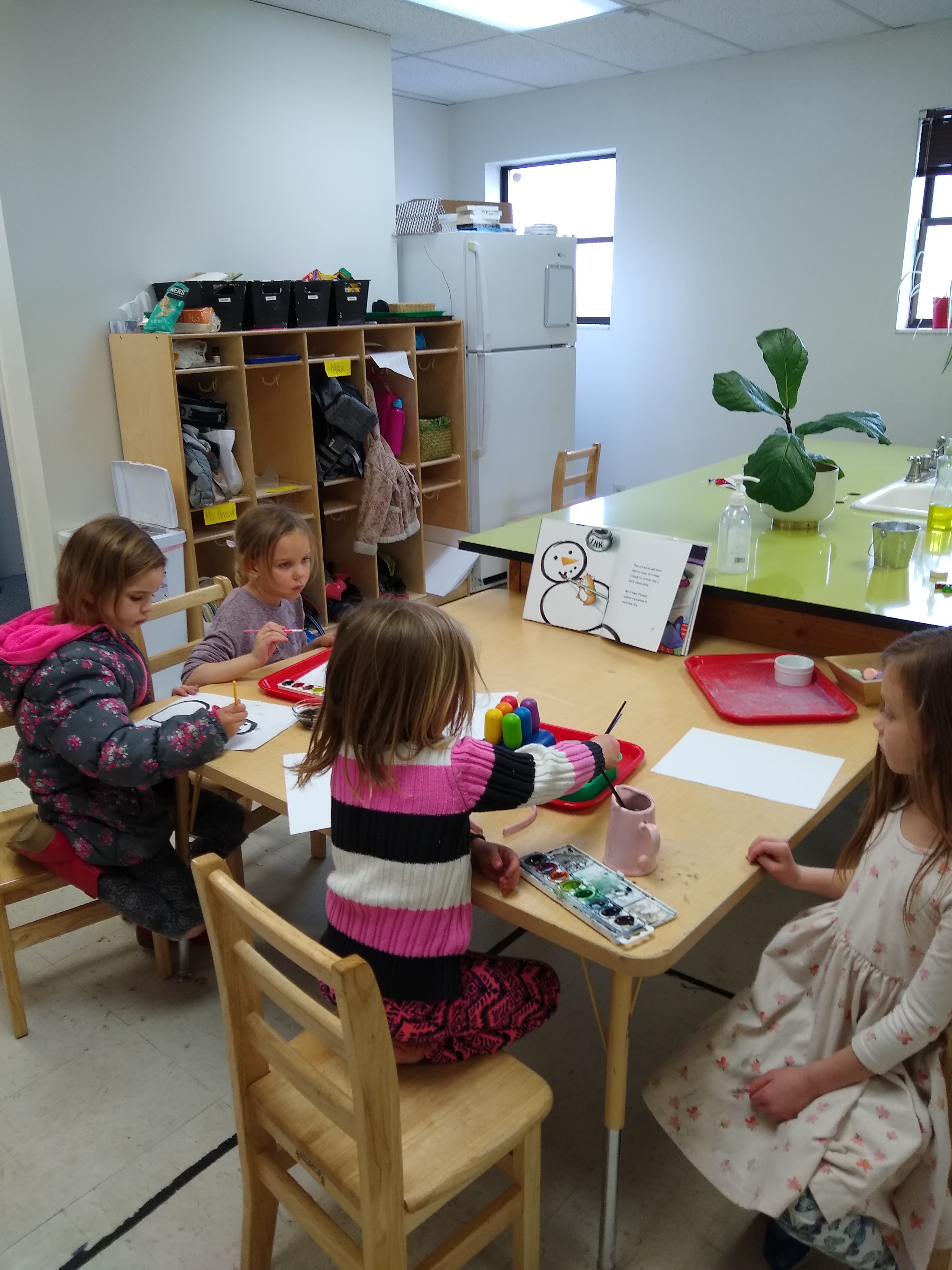
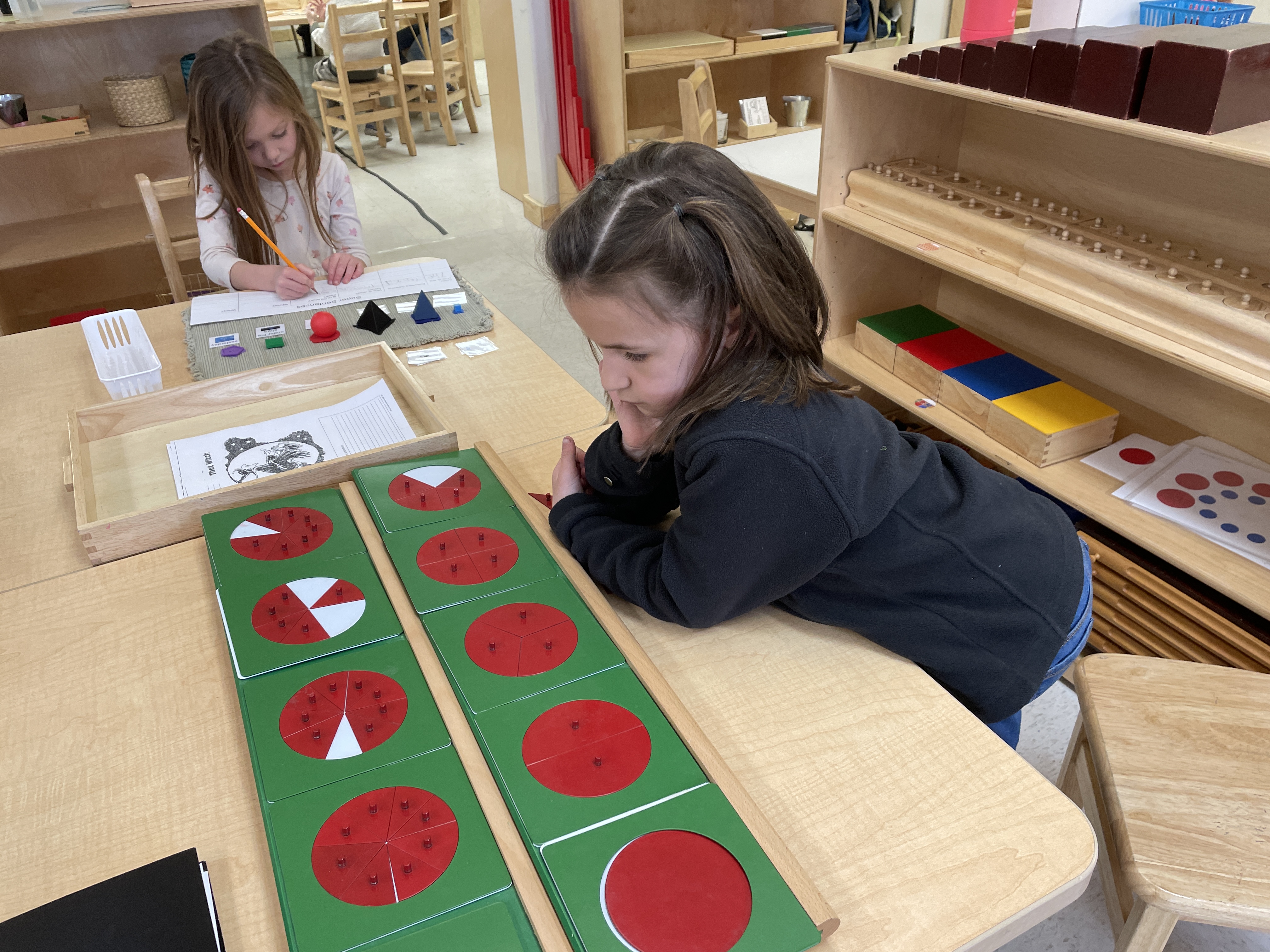
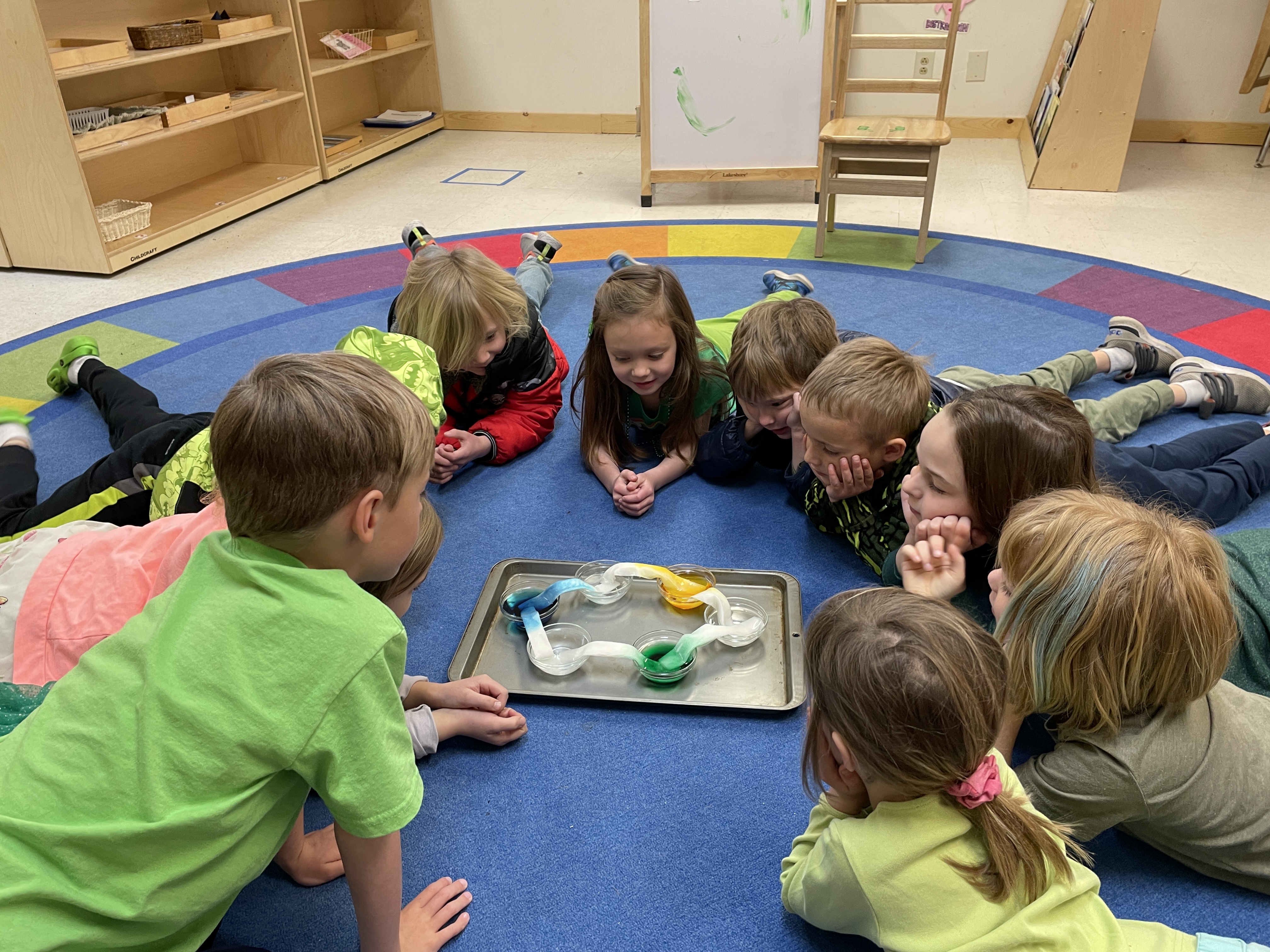
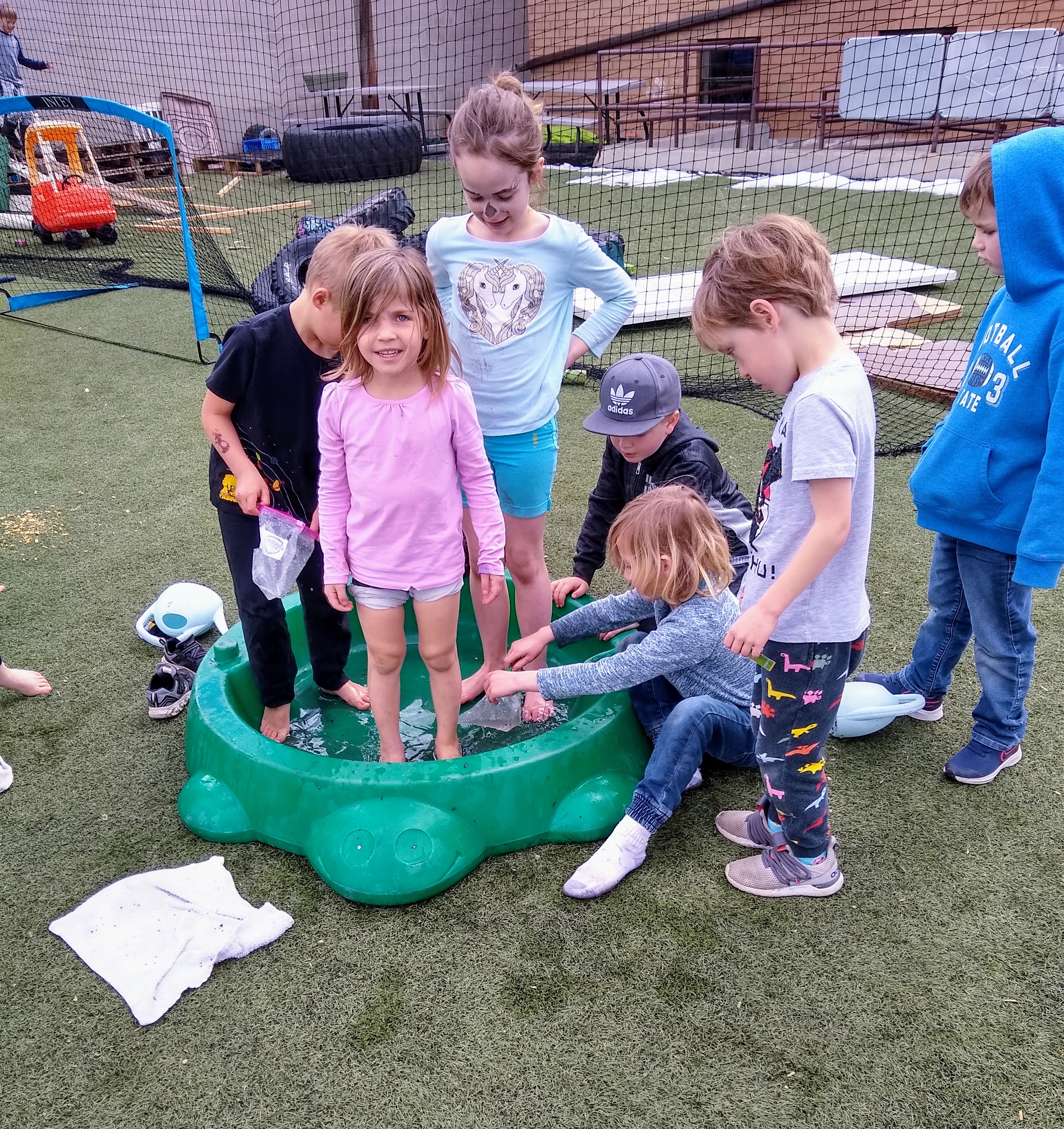

In the Fire Studio… Heroes had real opportunity to “look in the mirror” and evaluate the structure of their community. What are the different forces pulling on our culture? What are you ultimately coming to school for? Are you happy with where your culture is right now? If not, what and how would you like to see changed? The desire most heroes had to raise their standards and hold themselves and their fellow travelers more accountable speaks volumes about the structure and stability of the community they are in the process of building.

During quest the older heroes seized the opportunity to experiment with the architecture of boats. How many people (pennies) can you fit on your boat before it sinks? This buoyancy challenge allowed the older heroes to dig deep in their scientific understanding, the engineering design process and confidently articulate sometimes confusing but essential scientific concepts like density, volume, weight, and displacement.
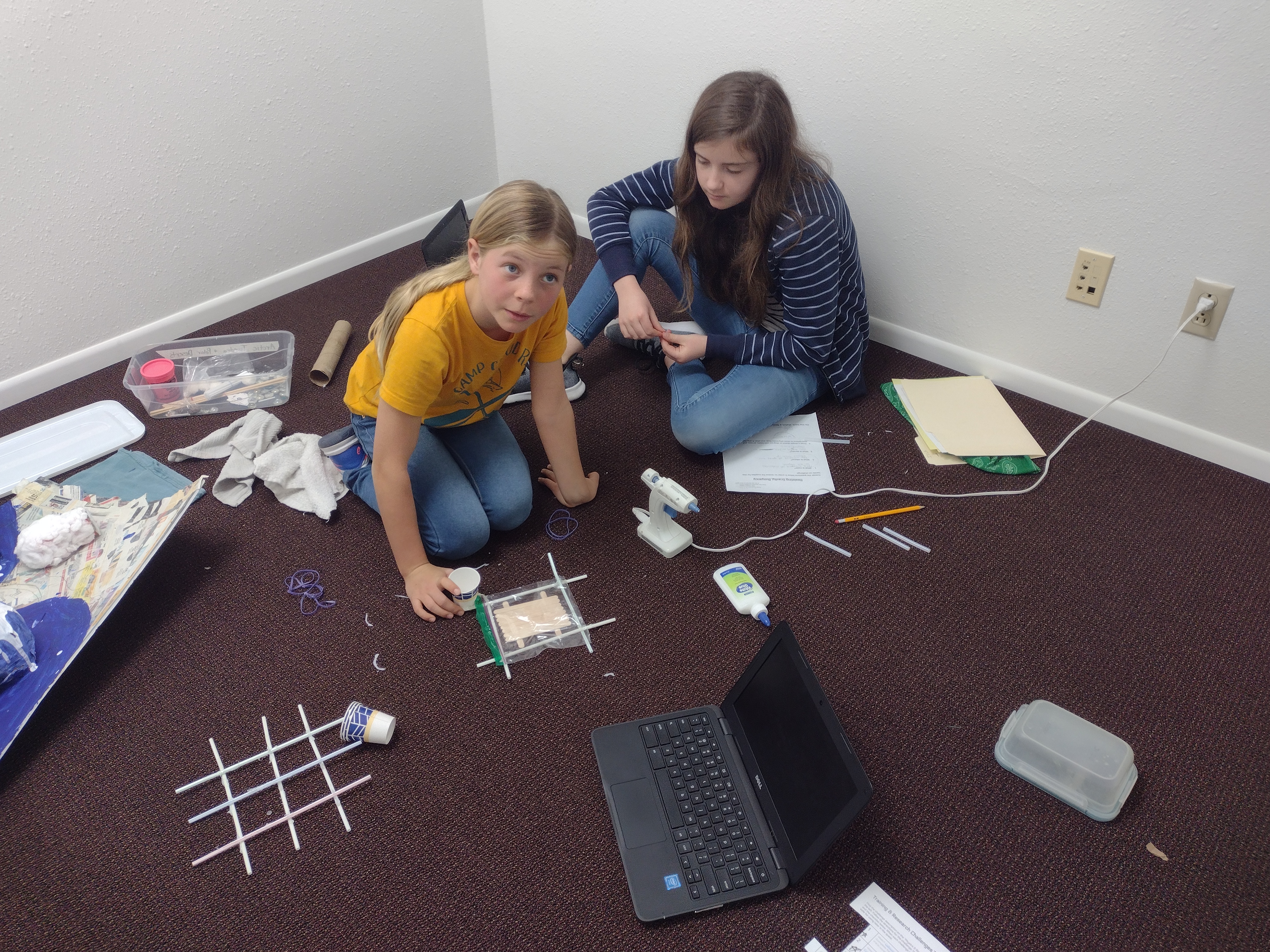

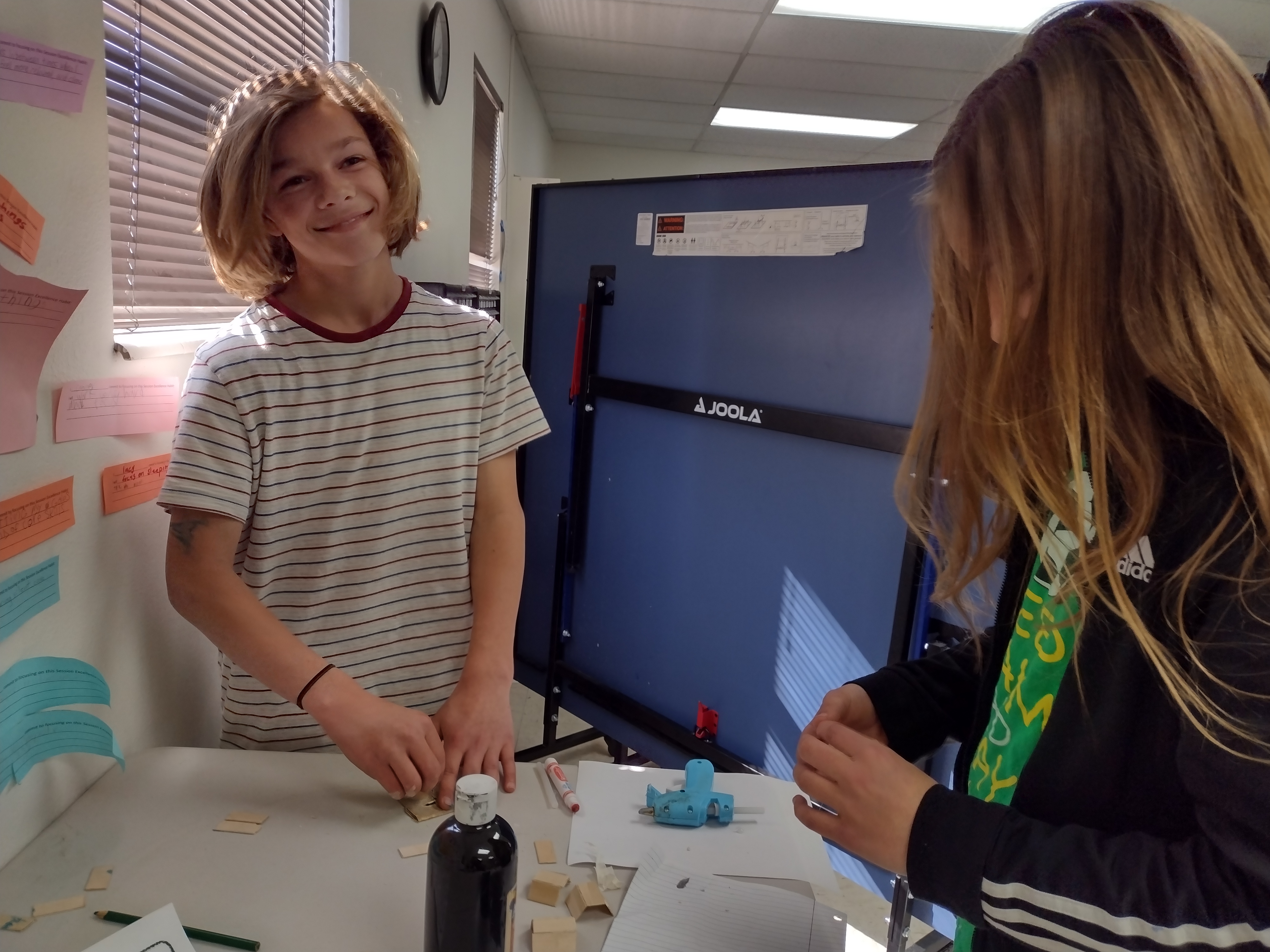



For the younger heroes, they are realizing that colony-building is not just difficult from a planning, engineering and architectural perspective, but from a collaboration perspective. Opinions differ, patience runs thin, and resources are limited. Sometimes it’s tricky to navigate work as a group, but they demonstrate remarkable maturity and willingness to ultimately compromise and support one another.
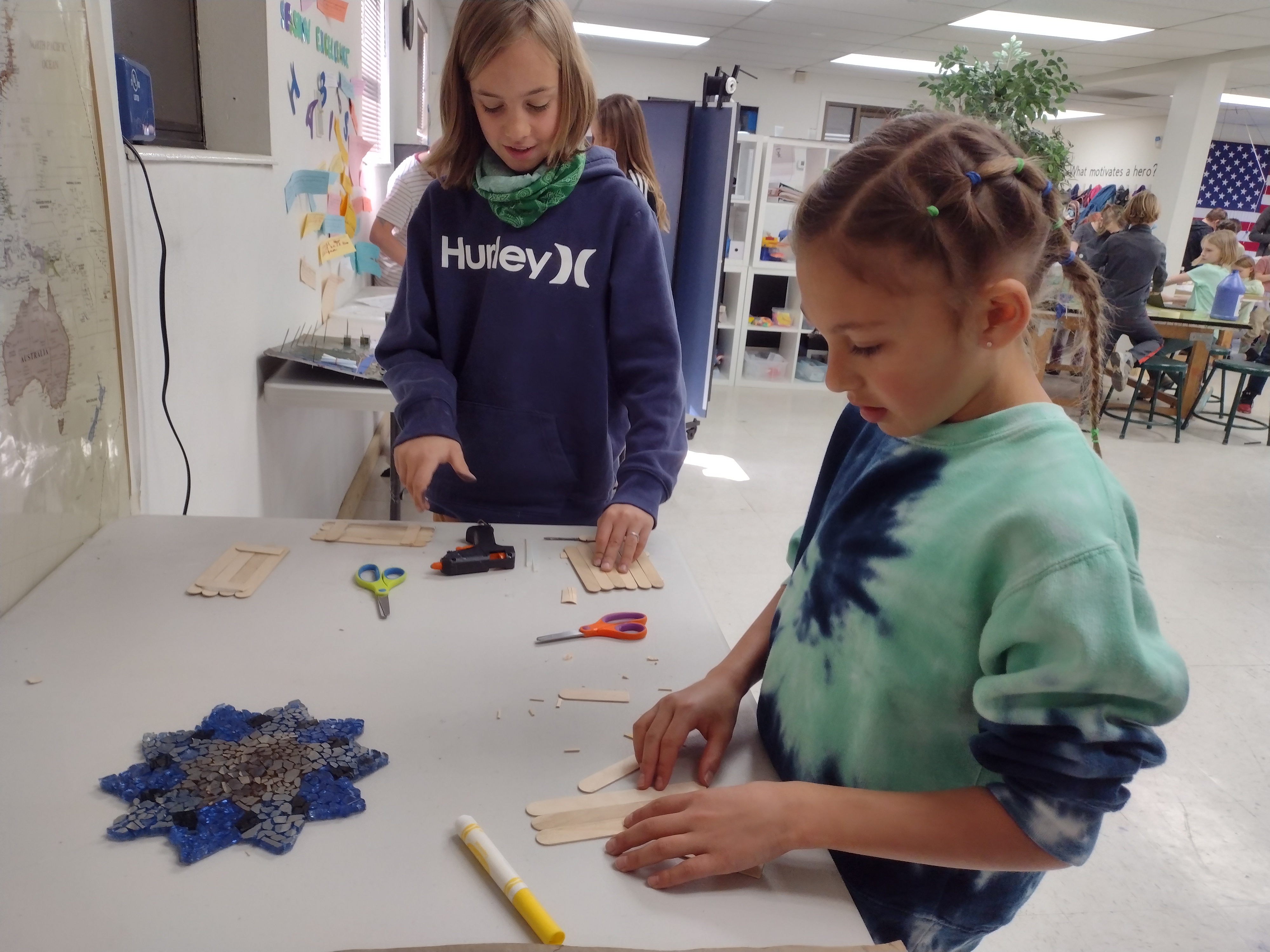


A study of Greek architecture and a study of boat designs are important and fun. Heroes are exploring and experimenting with engineering, design process, buoyancy and force. But I am tempted to believe that the learning that will last far longer is their study of the architecture or structure of their collaboration and community.

